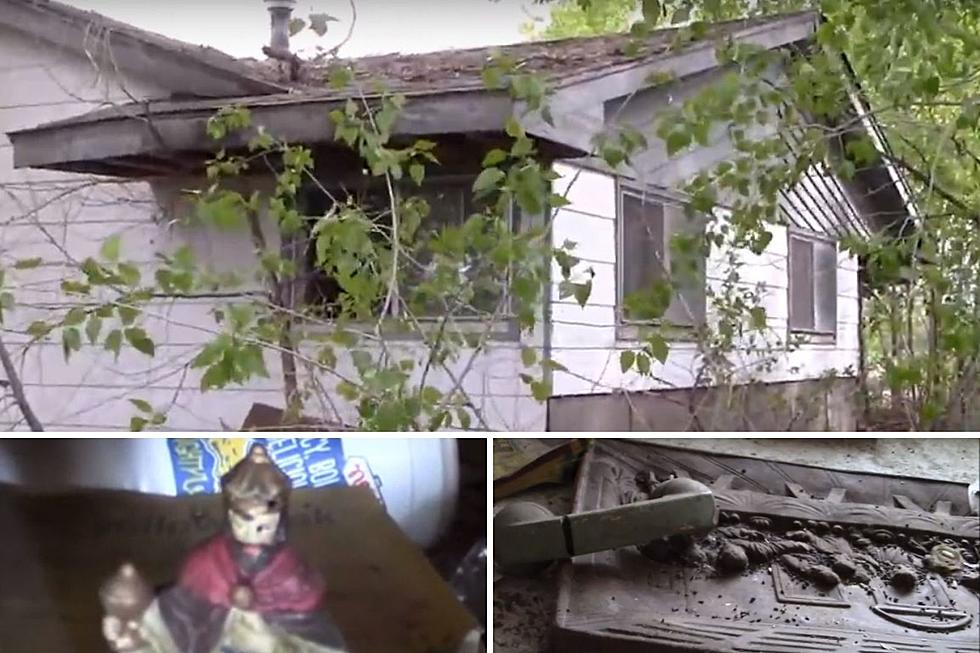
Gov. Polis Signs Transportation Bill, You’re Going to Pay More
Everyone living in Colorado knows that our roads are constantly being worked on. It often feels like construction season is one that never stops. And while the bumpy roads can be annoying at times, we all have learned to deal with the aggravation. According to The Durango Herald, Governor Jared Polis has decided it's best to sign a new transportation bill that will put $5 billion dollars into state roads over the next 11 years.
While all Coloradans probably agree that our roads could use the added resources, I have a feeling that many of those same people don't want to pay for it. As mentioned above construction is an ongoing project here in Colorado, so is this new bill going to fix everything? Probably not, but let's get into the real information you want to know about.
This new bill SB 260 was a solution to the transportation issues here in Colorado that was passed allowing to raise money without voter approval.
What Fees Can We Expect to Increase to Pay For This New Bill
There will be a 2 cent per gallon gasoline and diesel increase beginning July of 2022 and that will continue to increase 1 cent per year up to 8 cents.
For all deliveries including Amazon, FedEx and Grubhub there will be a 27 cent fee.
And ridesharing apps such as Uber or Lyft would cost an additional 30 cents. This fee would be cut in half if used for carpooling in a rideshare or using an electric vehicle.

Where Else Would the $5 Billion Dollars from the Colorado Transportation Bill be Used?
The state would like to continue to push electric vehicles and mass transit options with the funds raised. This would include the potential for a passenger rail system that would be implemented on the Front Range.
Another priority for these funds will be used to improve the I-70 interchange near U.S. Highway 6 at Floyd Hill. This would cost around $700 million by itself. The transportation bill does include $380-million dollars from the American Rescue Plan from the coronavirus aid measure passed by congress.
LOOK: The most expensive weather and climate disasters in recent decades
How Many in America: From Guns to Ghost Towns
More From 95 Rock









